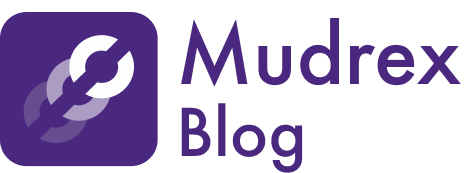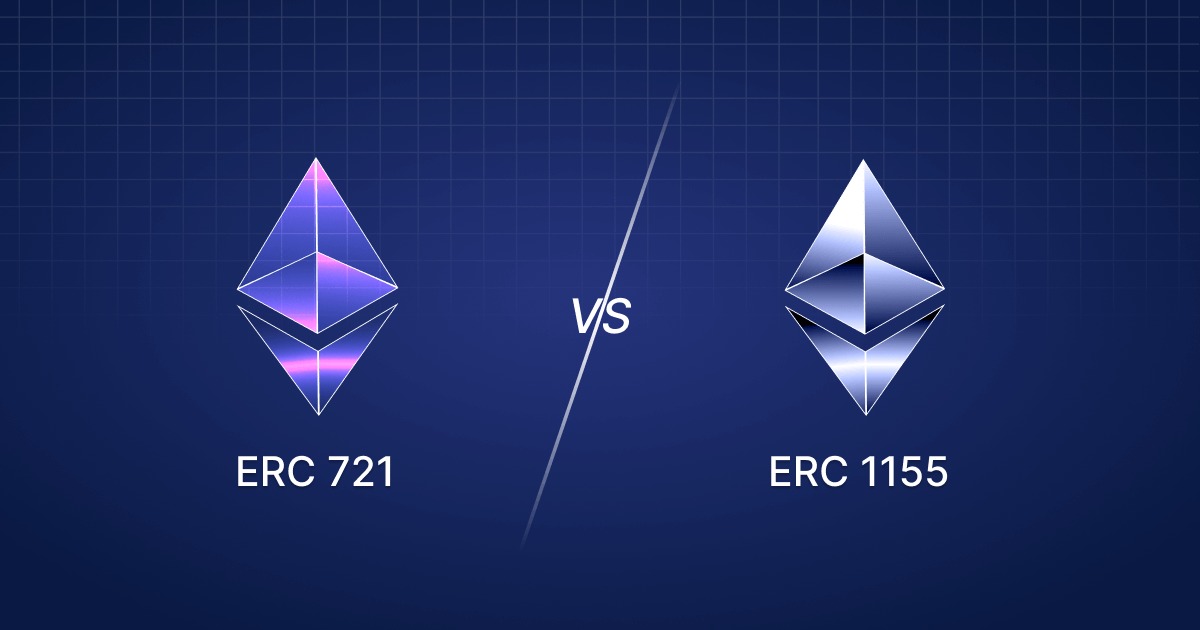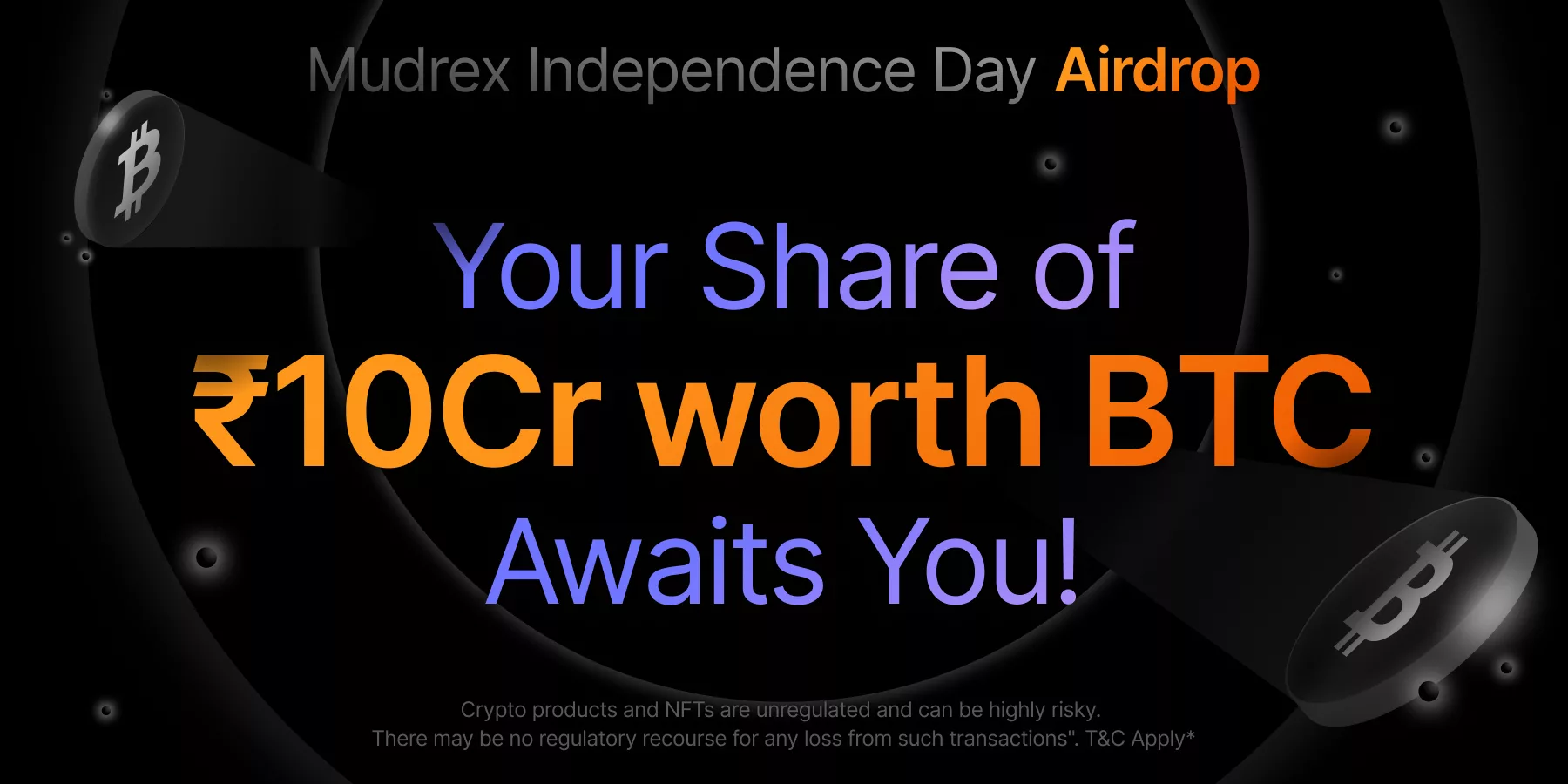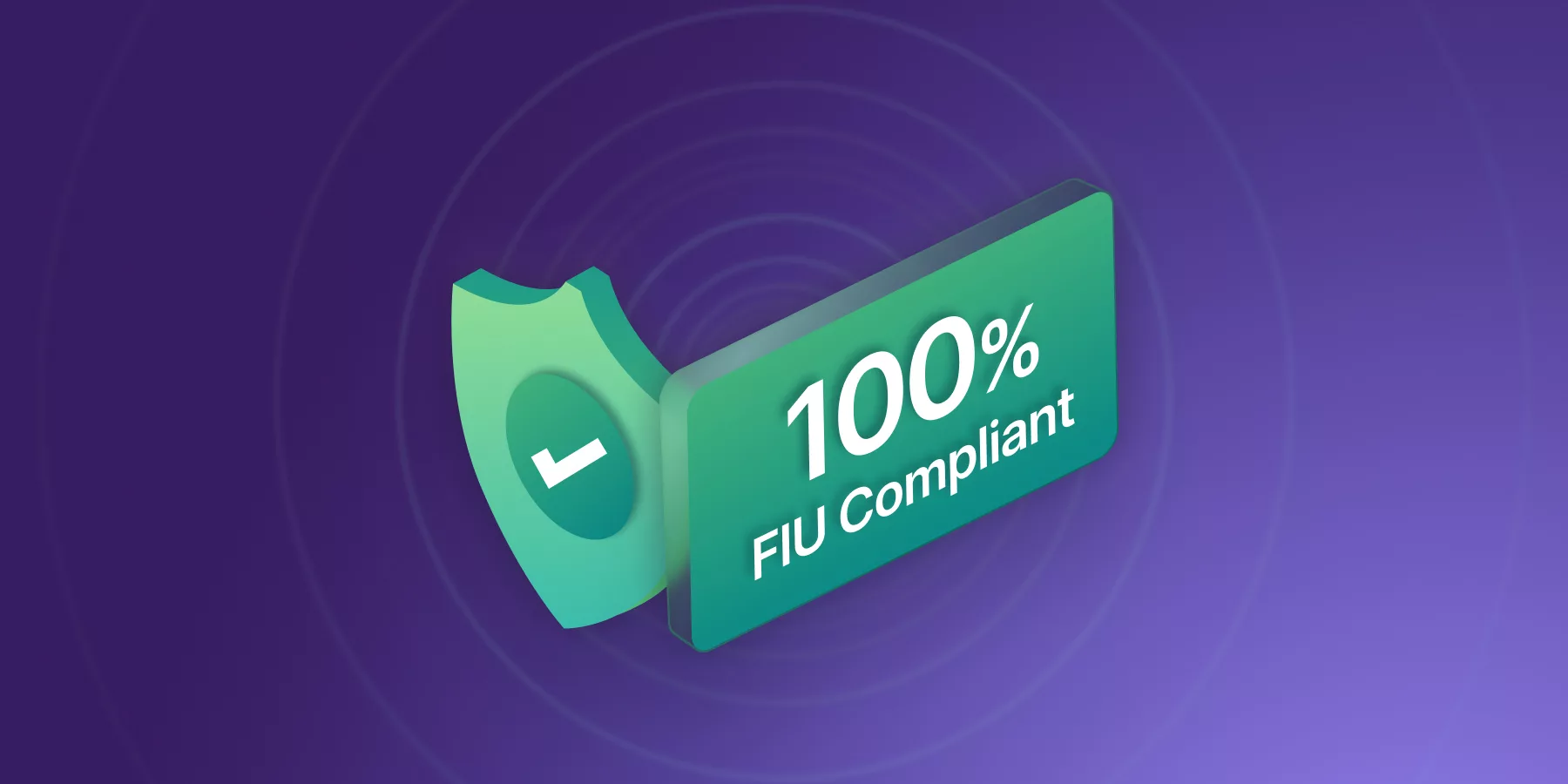ERC-721 and ERC-1155 are two popular token standards on the Ethereum blockchain, each with its own unique features and use cases
While ERC-721 is primarily designed for non-fungible tokens (NFTs) representing unique assets, ERC-1155 provides a more versatile approach by supporting both fungible and non-fungible tokens within a single contract.
Thus, understanding the distinctions between these standards is crucial for developers and users navigating the world of blockchain-based assets.
This article will explore the key differences between ERC-721 and ERC-1155, shedding light on their functionalities, advantages, and potential applications.
What is ERC 721?
ERC-721 is a token standard on the Ethereum blockchain specifically designed for non-fungible tokens (NFTs).
Unlike fungible tokens that are interchangeable and identical to one another, NFTs are unique and indivisible digital assets. ERC-721 provides a framework for the creation, ownership, and transfer of these one-of-a-kind tokens.
The key feature of ERC-721 is the concept of token ownership and uniqueness. Each ERC-721 token is distinct, represented by a unique token ID, and cannot be divided or exchanged on a one-to-one basis. This makes ERC-721 tokens ideal for representing digital art, collectibles, virtual real estate, game assets, and other unique items in the digital realm.
ERC-721 tokens are managed through smart contracts on the Ethereum blockchain. The contract keeps track of token ownership and provides functions for transferring tokens between addresses. It also includes metadata storage, allowing developers to attach additional information to each token, such as name, description, and image.
ERC-721 tokens have gained significant popularity in various industries, especially in the world of digital art and collectibles. They enable provenance tracking, secure ownership, and verifiable scarcity of digital assets.
Additionally, ERC-721 tokens have opened up new possibilities for fractional ownership, allowing multiple individuals to own a single NFT collectively.
The standardization of ERC-721 has facilitated the development of marketplaces, platforms, and applications that support the creation, trading, and interaction of NFTs. This has led to the rise of NFT-based ecosystems, where artists, creators, and users can engage in the ownership and exchange of unique digital assets in a transparent and decentralized manner.
What is ERC 1155?
ERC-1155 is a token standard on the Ethereum blockchain that introduces a versatile approach to tokenization by supporting both fungible and non-fungible tokens (NFTs) within a single, smart contract.
It was proposed to improve the existing token standards, such as ERC-20 and ERC-721, to address limitations and offer greater efficiency.
ERC-1155 introduces the concept of “token IDs” within a contract, where each token ID represents a unique asset. These assets can be either non-fungible or fungible.
With ERC-1155, developers can create a wide range of tokens, including in-game items, virtual collectibles, digital art, rewards, and more.
The key advantage of ERC-1155 is its ability to handle multiple token types within a single contract. This reduces deployment and operational costs, as well as minimizes the overall blockchain overhead. It also allows for more efficient batch transfers, where multiple tokens can be sent in a single transaction, enhancing scalability and reducing gas fees.
ERC-1155 provides a flexible token management system, enabling the creation of token classes, which represent unique asset types, and individual tokens within a class, identified by their token IDs. This enables the creation of multiple instances of non-fungible assets while providing distinct identities to each instance.
Additionally, ERC-1155 includes optional metadata support, allowing developers to attach additional information to each token, such as names, descriptions, and external links. This enhances the usability and discoverability of tokens within applications and platforms.
The versatility, efficiency, and cost-effectiveness offered by ERC-1155 make it a popular choice for various applications, including gaming, decentralized finance, virtual reality, and asset tokenization. It empowers developers to create diverse token ecosystems, simplifies the management of different token types, and provides users with flexibility in token ownership and transfer.
5 Key Differences Between ERC 721 and ERC 1155
ERC-721 and ERC-1155 are two prominent token standards on the Ethereum blockchain, each with distinct characteristics.
Here are the key differences between ERC-721 and ERC-1155,
1. Token Type
ERC-721 is specifically designed for non-fungible tokens (NFTs), representing unique and indivisible assets.
In contrast, ERC-1155 supports both fungible and non-fungible tokens within a single contract, providing greater versatility.
2. Token Individuality
Each token in ERC-721 is unique and has a distinct identity. They cannot be divided or exchanged on a one-to-one basis.
On the other hand, ERC-1155 tokens can be either non-fungible or fungible. Non-fungible tokens in ERC-1155 retain their individuality, while fungible tokens can be exchanged one-to-one.
3. Contract Efficiency
ERC-721 tokens require a separate smart contract for each unique asset, resulting in higher deployment costs and increased blockchain overhead.
ERC-1155, however, allows multiple token types to be managed within a single contract, reducing costs and improving operational efficiency.
4. Batch Transfers
ERC-721 tokens can only be transferred individually, requiring separate transactions for each token.
In contrast, ERC-1155 tokens support batch transfers, allowing multiple tokens to be sent in a single transaction. This enhances scalability, reduces gas fees, and simplifies bulk transfers.
5. Use Cases
ERC-721 is widely adopted in applications such as digital art, collectibles, virtual real estate, and unique in-game items. It is ideal for representing assets that require distinct ownership and verifiable scarcity.
ERC-1155, with its versatility, is well-suited for gaming applications, where a combination of fungible and non-fungible assets is required. It also finds applications in decentralized finance, tokenizing real-world assets, loyalty programs, and more.
Conclusion
ERC-721 remains the standard for applications primarily dealing with unique and indivisible assets, such as digital art, collectibles, or real estate.
On the other hand, ERC-1155 offers greater flexibility, efficiency, and cost-effectiveness by supporting fungible and non-fungible tokens within a single contract. This makes ERC-1155 particularly well-suited for gaming, decentralized finance, and tokenization use cases requiring a combination of different token types.
Thus, the choice between ERC-721 and ERC-1155 depends on the project’s specific requirements or application.
FAQs
1. What is the difference between ERC 721 and ERC 1155?
ERC-721 is a token standard on the Ethereum blockchain specifically designed for non-fungible tokens (NFTs), representing unique and indivisible assets.
In contrast, ERC-1155 is a token standard supporting fungible and non-fungible tokens within a single contract, providing greater versatility and efficiency.
2. Which token standard is better for gaming applications?
ERC-1155 is generally better for gaming applications because it handles fungible and non-fungible tokens. It allows developers to create in-game items, virtual collectibles, and rewards efficiently.
The batch transfer feature of ERC-1155 also enhances scalability and reduces transaction costs, making it a preferred choice for gaming ecosystems with many tokens and frequent transactions.
3. Can ERC 721 and ERC 1155 tokens be used together?
Yes, ERC-721 and ERC-1155 tokens can be used together. Developers can incorporate both standards within the same project or application.
ERC-721 tokens can represent unique assets like rare collectibles, while ERC-1155 tokens can represent fungible assets like in-game currency. This combination allows for a diverse token ecosystem, catering to various types of assets and providing enhanced functionalities and user experiences.




